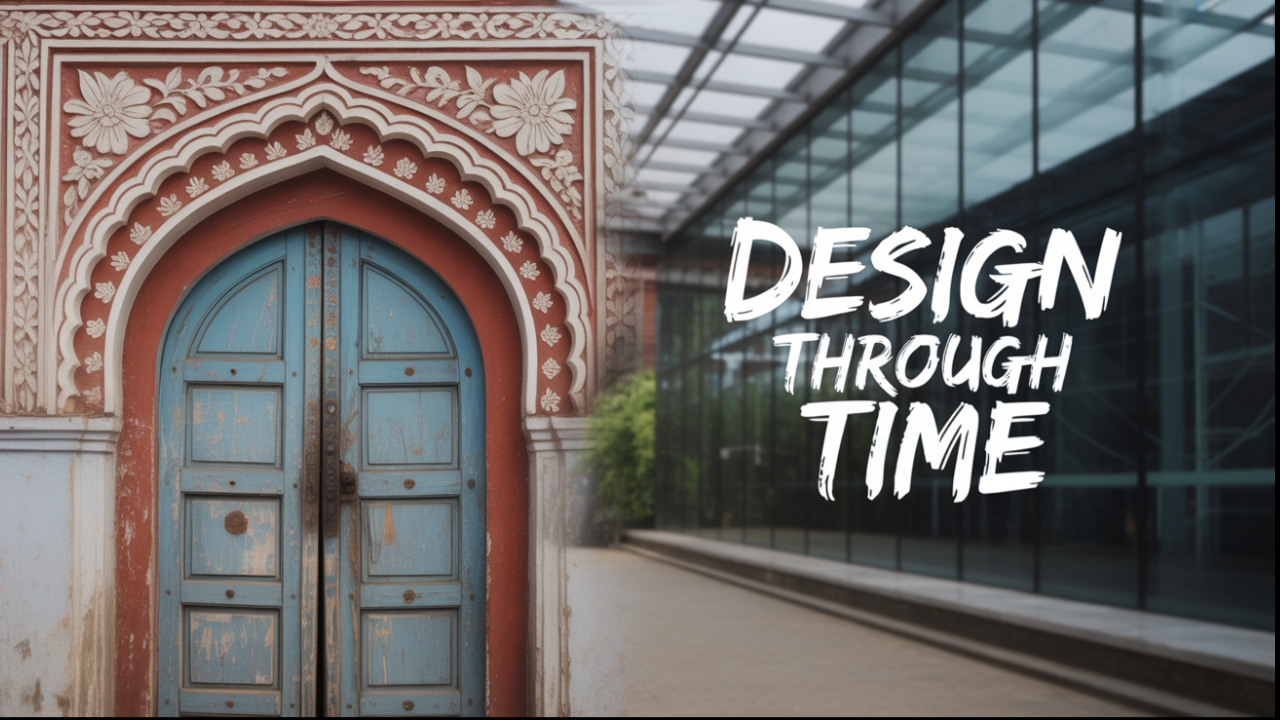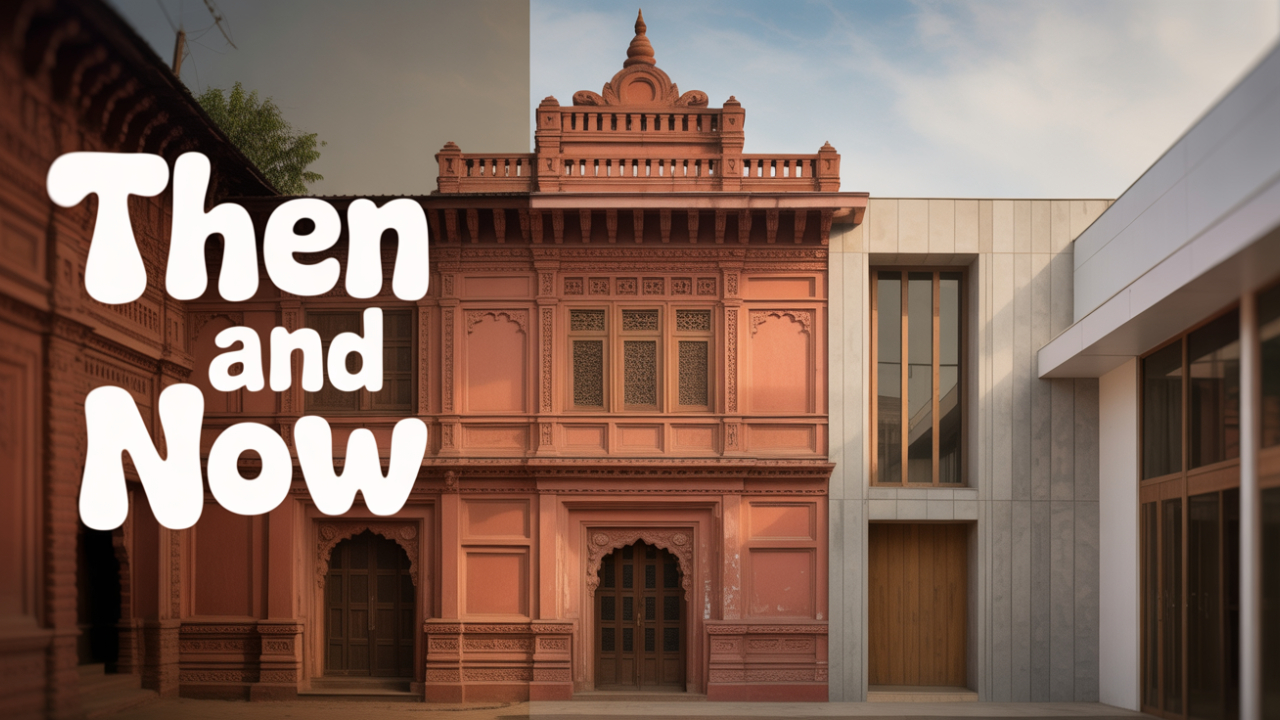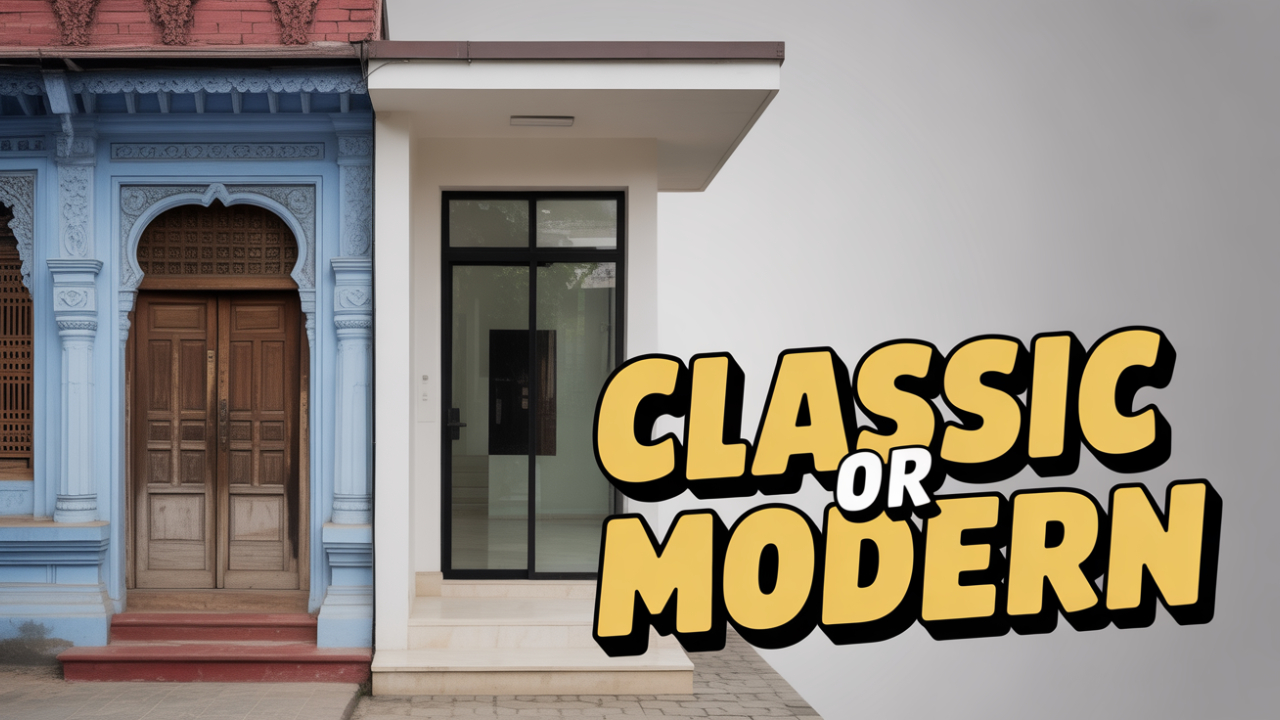📢 Enjoy 100% Free Consultation | Shop Smart Locks by- Samsung, Bosch & Philips | Buy RFID Hotel Locks |
Explore our Services |
Our Digital Marketing Agency: 

Bengal’s landscape is not only defined by rivers and greenery but also by its architecture, which has evolved through centuries of culture, climate, and community needs. Traditional Bengali architecture reflects deep ties to heritage, while modern styles bring global influences, technology, and new materials into play. Understanding both gives us insight into how homes, temples, and urban structures are shaped today.
Traditional Bengali homes were designed for survival in a flood-prone, humid environment. Elevated plinths, sloping roofs (known as chala), and mud or bamboo walls kept interiors cool and safe during monsoon rains. Courtyards allowed ventilation and communal interaction.
Key elements:
Chala roofs – curved thatch or tiles for rainwater flow.
Verandas – shaded semi-open areas to rest and socialize.
Earthen floors – cooler underfoot, natural insulation.
These features were practical, sustainable, and adapted to the natural setting.
Bengali architecture also carried artistic depth. Temples built in the terracotta style displayed intricate carvings of folklore, epics, and rural life. The use of lotus motifs, fish designs, and floral patterns reflected both spirituality and everyday culture.
Palaces from the Zamindar era introduced Indo-European blends—arched windows, columns, and decorated facades—yet still retained the courtyard as the social heart.

With urbanization, architecture shifted from mud and bamboo to concrete, glass, and steel. The demand for multi-storied apartments in cities like Dhaka and Kolkata transformed the skyline. Space efficiency, elevators, and modular layouts replaced courtyards and wide verandas.
Modern priorities include:
Vertical expansion for population density.
Reinforced concrete for durability.
Glass facades for aesthetics and daylight.
Modern Bengali design borrows from global minimalism, contemporary geometry, and smart-home technologies. Architects now incorporate energy-efficient glass, solar panels, and rainwater harvesting systems. The once organic connection between home and landscape has shifted toward urban sustainability goals.
However, some modern projects try to revive cultural roots—using local bricks, terracotta cladding, or courtyard-inspired layouts—to balance tradition with innovation.

Ready to transform your office? Get in touch with the best interior firms in Bangladesh to start designing a space that aligns with your startup’s goals and culture. The right design can make all the difference!
| Feature | Traditional Bengali | Modern Bengali |
|---|---|---|
| Materials | Mud, bamboo, thatch, terracotta | Concrete, glass, steel, composites |
| Climate Response | Naturally cooling, flood-ready | Air-conditioning, engineered drainage |
| Aesthetic Focus | Carvings, motifs, cultural symbolism | Minimalism, clean lines, international style |
| Community Role | Courtyards, shared spaces | Private apartments, limited interaction |
| Sustainability | Naturally eco-friendly | Requires green technology to adapt |
The move from open courtyards to closed apartments marks more than just architectural change—it reflects a social transformation. Traditional homes emphasized community living, extended families, and interaction with nature. Modern apartments lean toward privacy, nuclear families, and efficiency.
This shift mirrors economic growth and globalization, but it also risks losing cultural essence. Fortunately, many architects now advocate for neo-traditional designs—where sustainable technology meets heritage-inspired aesthetics.
Architecture is not just about buildings—it’s about identity. By blending traditional wisdom with modern technology, Bengal can preserve cultural heritage while meeting urban needs.
With rising climate challenges, many features of traditional homes—like ventilation-focused layouts and rain-adaptive roofs—are being re-examined as sustainable solutions. Modern designs that integrate these features not only save energy but also honor local knowledge.
For individuals, choosing design elements from both traditions can create unique, functional, and meaningful homes. A modern concrete structure with a courtyard, terracotta accents, or bamboo finishes can bring the best of both worlds.
Traditional Bengali architecture and modern styles are not rivals but chapters in the same story. Where one is rooted in survival and culture, the other is driven by technology and urbanization. The future of Bengali design likely lies in fusion—a careful mix that respects heritage while embracing innovation.
For anyone building or restoring a home in Bengal, the lesson is clear: look back at tradition for wisdom, and look forward with modern tools for progress. The result can be spaces that are sustainable, functional, and deeply connected to cultural identity.
Author: Al-Amin Ifty, Design Doctors Studio @2025
We invite you to make contact with our design studio to collaborate or enquire about a project.